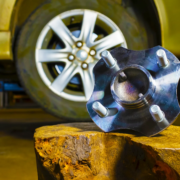Ball-bearing induction heating: case study
Ball-bearing induction heating is a complex process that needs mounting or dismounting of bearings, gears, and other components. There are three most common types of bearing heaters for assembly: yoke-style, cone-style, and hot plates.
There are various models on the market like FAG PowerTherm heaters by Schaeffler Group, Portable heaters by NSK Maintenance Tools, TIH series by SKF Maintenance Products, etc.
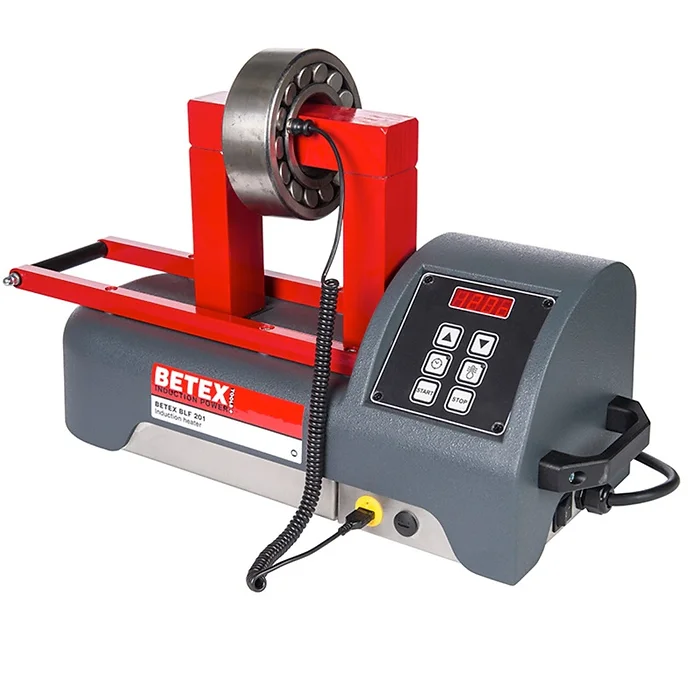
Yoke-style bearing heaters are designed with a yoke that is placed through the bearing bore. Many bearing heaters have different size yokes which can be changed to accommodate various bearing sizes. Some of them are purposed for extra-large bearings.
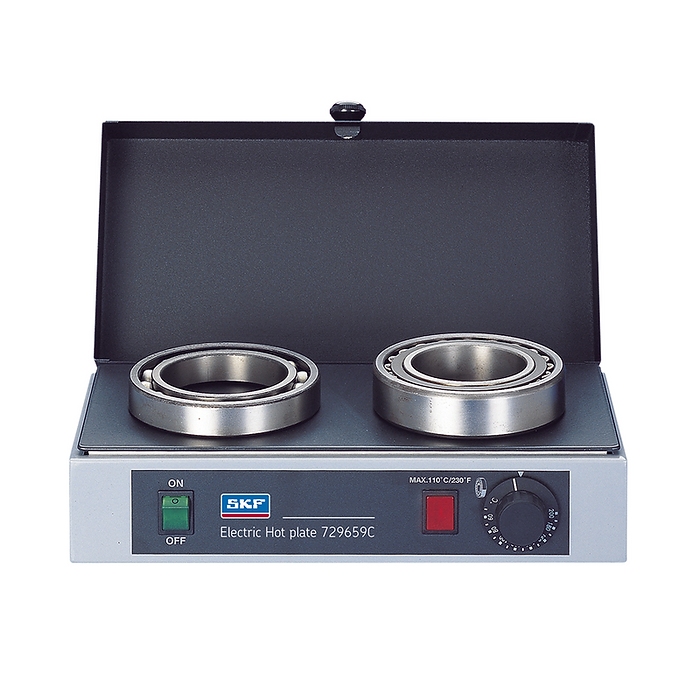
Hot plate style bearing heaters have a flat heating surface. Hot plates are typically used for heating smaller bearing sizes.
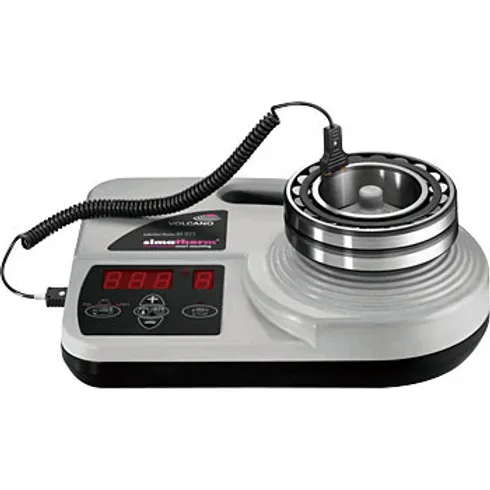
Cone-style bearing heaters are, as the name implies, cone-shaped, and have a stepped design to accommodate a range of bearing sizes. The coil heats the bearing, and the cone acts as a thermal insulator.
Traditional trial-and-error methods to optimize these heating devices are time-consuming, costly, and often fall short of achieving the desired results. This is where simulation software steps in, and offer engineers the tools to design smarter, safer, and more efficient induction heating systems.
This case study explores the challenges of ball-bearing induction heating, showcases how simulation software can offer a solution, and highlights the results of adopting a simulation-driven approach.
What is the challenge?
Ball-bearing induction heating is a complex process where bearings must be heated uniformly and efficiently to process their mounting or dismounting without causing damage to the components.
The typical challenges in the process are:
- Material constraints: Medium carbon steel bearings require specific heating parameters. Poorly selected materials or improper parameter settings can lead to uneven heating, risking structural integrity.
- Heat transfer inefficiency: Bad designs for induction coils can result in suboptimal heat transfer, leading to prolonged heating times or failure to reach the target temperature.
- Safety concerns: Overheating coils or lack of temperature control mechanisms can compromise device safety and efficiency.
- Design variability: The wide variety of bearing sizes and heater styles, including yoke-style, cone-style, and hot plates, necessitates adaptable solutions for engineers and manufacturers.
These challenges underline the need for precise modeling and optimization of the induction heating process to guarantee reliability, efficiency, and safety.
What is the solution?
Simulation software provides engineers and manufacturers with a powerful tool to model, analyze, and optimize ball-bearing induction heating processes.
Let’s look at the simulation with the following parameters:
- Bearing material: medium carbon steel
- Recommended heating temperature: 110 °C
- Current: 8 A
- Frequency: 24 kHz
- Heating time: 3 min
- Insulator material: Glasschaum-Granulat Case A
- Coil type: Stranded coil
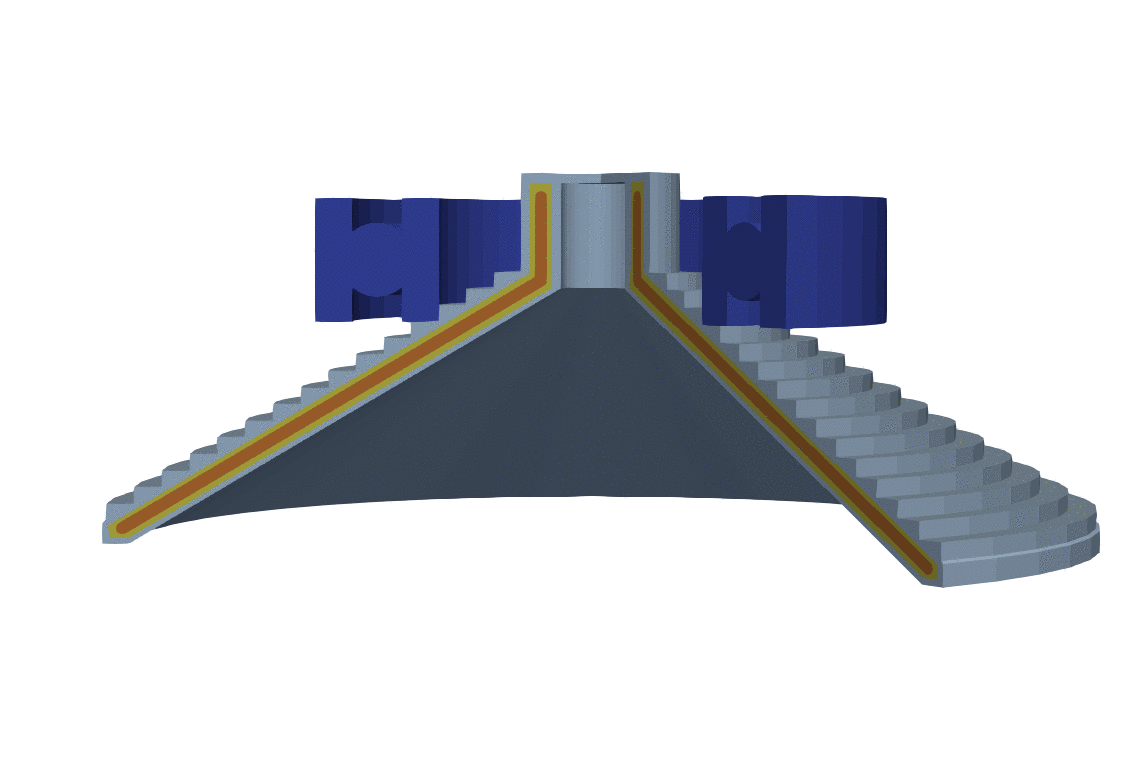
The right temperature heating recipe was discovered by the means of simulation.
By using simulation, you can address the challenges mentioned above with precision and efficiency:
- Accurate heating recipes: CENOS helps determine the optimal heating temperature (e.g., 110°C) and time (e.g., 3 minutes) for bearings, offering a uniform thermal expansion and preventing component damage.
- Material and geometry customization: Whether you’re working with yoke-style, cone-style, or hot plate heaters, CENOS allows you to model various coil geometries and materials, tailoring the design to your specific needs.
- Safety and performance validation: Through simulation, you can calculate coil temperature and current parameters, such as 8 A at 24 kHz, to avoid overheating and ensure device safety.
- Real-time insights: The software enables users to visualize the heat distribution across the bearing and coil. For example, our simulation of a cone-style heater revealed inefficiencies when suboptimal materials were used, providing actionable insights for improvement.
Now, on the following simulation, we can see the ball-bearing and induction heater coil overheating. You can see what happens if materials are chosen poorly. The heat from the induction coil barely reaches the bearing, the device is not optimized for normal function.
After changing some of the parameters, and choosing the best materials, you can see the end result of well-built, functional bearing heater, which you can use to improve actual real-life devices.
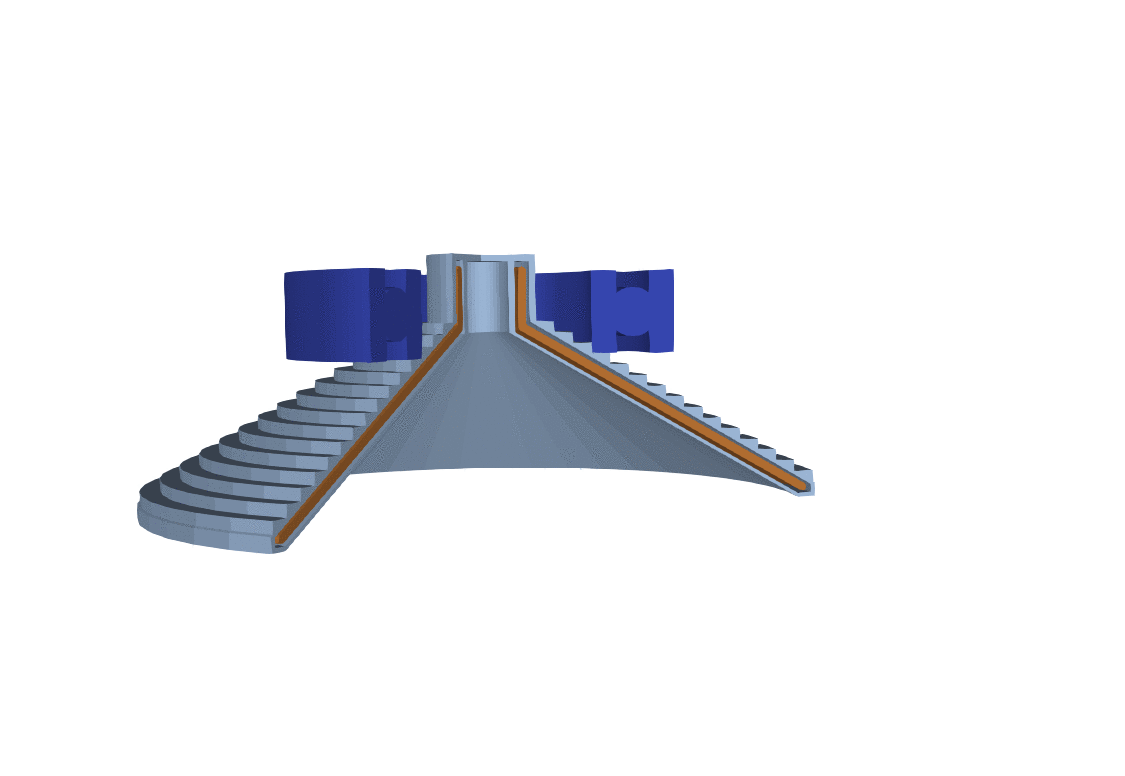
Overheating simulation
Analyzing this scenario, engineers can learn how adjusting parameters such as coil material, geometry, current, and frequency can improve heating efficiency. The simulation emphasizes the importance of material compatibility and precise design in achieving uniform heat distribution and preventing coil overheating.
These findings allow engineers to improve their designs and build high-performing, reliable devices for industrial use.
What is the result?
Ball-bearing induction heating, when optimized through simulation, delivers number of advantages to engineers and manufacturers, for instance:
- Reduced heating time: Achieve precise heating in just 3 minutes, minimizing downtime and increasing productivity.
- Improved device longevity: Optimized parameters prevent overheating, extending the lifespan of induction heating equipment.
- Tailored solutions for any application: From small bearings on hot plates to extra-large bearings on yoke-style heaters, CENOS equips you to tackle diverse industrial needs.
- Cost savings: By designing efficient heating devices with the right materials and parameters, manufacturers can reduce energy consumption and maintenance costs.
Engineers who adopt simulation software can solve complex problems before building physical solutions, and that way lead innovation in their industries with fewer resources.

